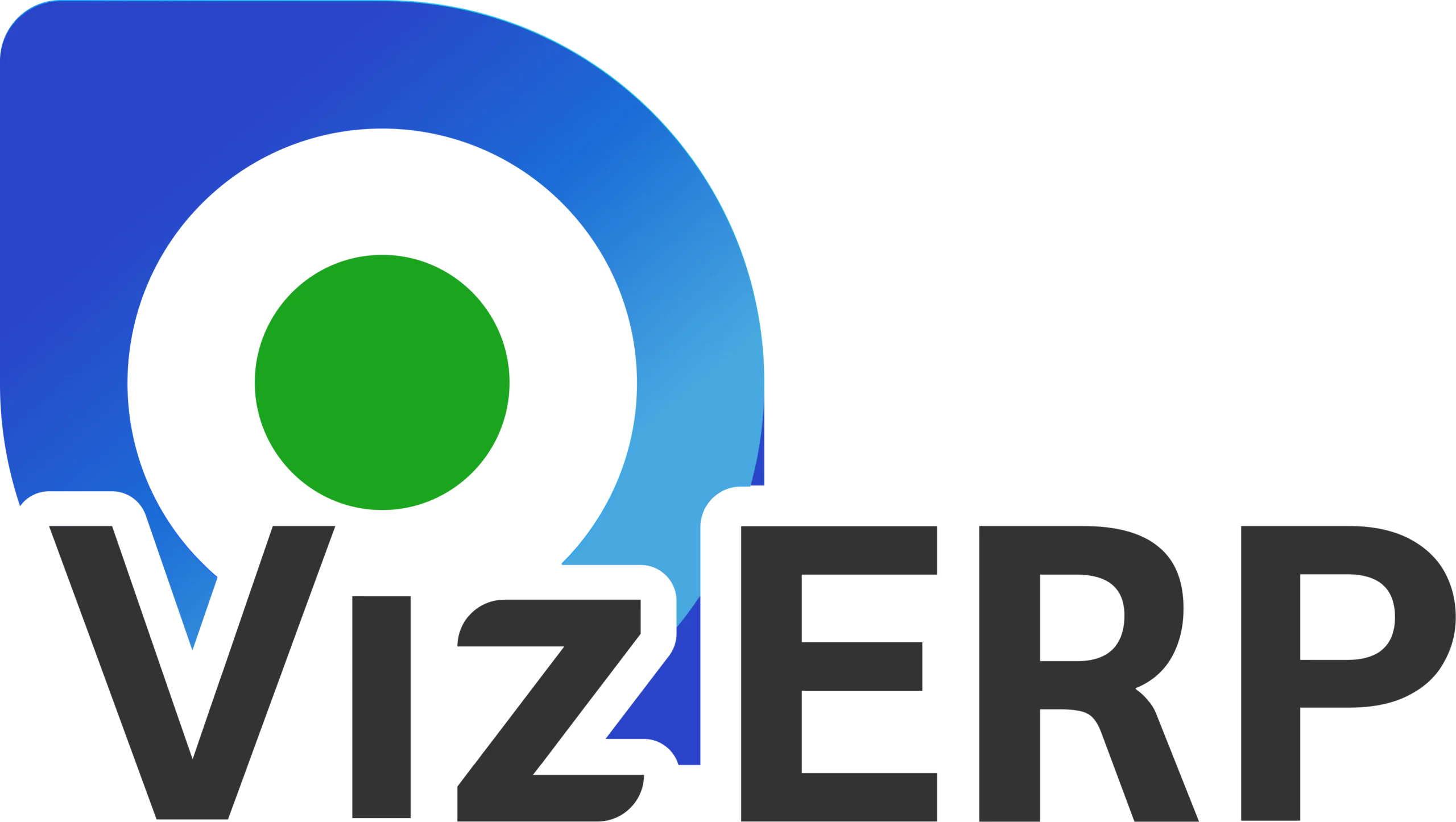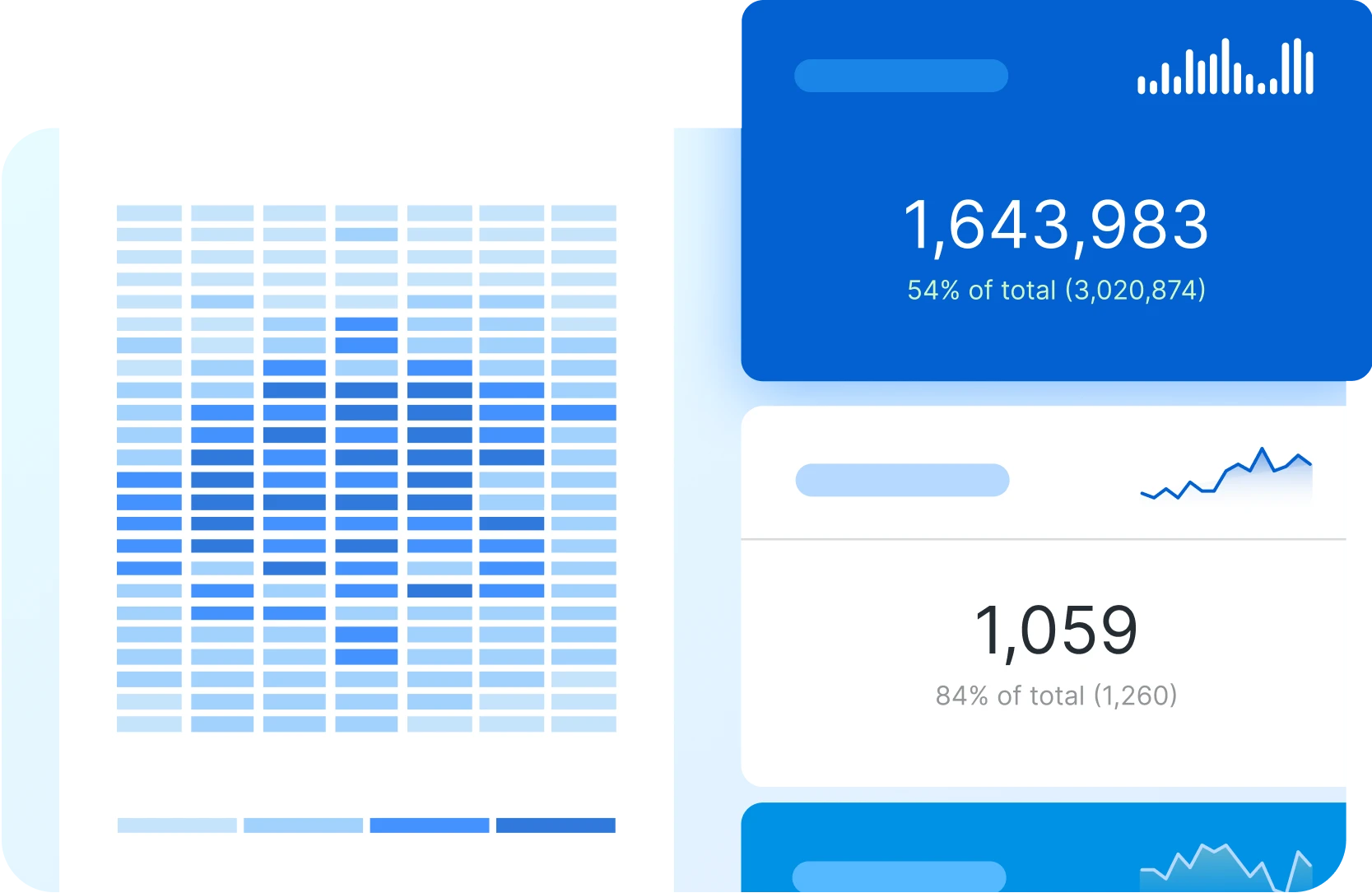Selecting the right Enterprise Resource Planning (ERP) system for your healthcare organization is a critical decision that can significantly impact your operations, patient care, and financial management. With numerous options available, it’s essential to approach this decision methodically, ensuring that the ERP system you choose aligns with your organization’s needs and goals. To help you navigate this process, here’s the ultimate checklist for choosing the right ERP system for your healthcare organization.
1. Assess Your Organization’s Needs and Goals:
Before evaluating ERP options, it’s essential to understand your organization’s specific needs and long-term goals. Consider the challenges you face, such as inefficient workflows, regulatory compliance, or data management issues, and determine how an ERP system can address these challenges. Identify your key objectives, whether it’s improving patient care, reducing operational costs, or enhancing financial management, to guide your selection process.
2. Ensure Industry-Specific Functionality:
Healthcare organizations have unique requirements that general ERP systems may not fully address. Look for an ERP solution that offers healthcare-specific functionality, such as electronic medical records (EMR) integration, patient scheduling, and compliance with healthcare regulations like HIPAA. The ERP should support your clinical, administrative, and financial processes seamlessly, ensuring that all aspects of your operations are aligned.
3. Prioritize Data Security and Compliance:
Data security is paramount in healthcare, where sensitive patient information must be protected at all costs. Ensure that the ERP system you choose has robust security features, including encryption, multi-factor authentication, and regular security updates. Additionally, the system should help your organization comply with relevant regulations, such as HIPAA and GDPR, by offering automated compliance tools and detailed audit trails.
4. Evaluate Integration Capabilities:
An ERP system should integrate smoothly with your existing software and systems, such as EMR, lab information systems (LIS), and patient management software. Evaluate the ERP’s ability to integrate with these systems without causing disruptions. Seamless integration is essential for ensuring that data flows freely across departments, improving efficiency and reducing the risk of errors.
5. Consider Scalability and Flexibility:
As your healthcare organization grows, your ERP system should be able to scale with you. Choose a system that can handle increased data volume, additional users, and expanded functionality as your needs evolve. Flexibility is also important; the ERP should allow for customization to fit your specific workflows and processes, without requiring significant reconfiguration or additional costs.
6. Assess User Experience and Training Support:
A user-friendly interface is crucial for ensuring that your staff can effectively use the ERP system. Look for a system with intuitive navigation, customizable dashboards, and role-based access that makes it easy for users to perform their tasks. Additionally, consider the vendor’s training and support offerings. Comprehensive training programs and ongoing support are vital for ensuring that your team is confident and proficient in using the ERP system.
7. Examine Reporting and Analytics Capabilities:
The ability to generate detailed reports and analyze data is one of the key benefits of an ERP system. Ensure that the ERP you choose offers robust reporting and analytics tools that provide real-time insights into your organization’s performance. These tools should enable you to track key metrics, identify trends, and make data-driven decisions that enhance patient care and optimize operations.
8. Review Vendor Reputation and Support Services:
The reputation of the ERP vendor is an important consideration. Research the vendor’s track record in the healthcare industry, including customer reviews, case studies, and testimonials. Additionally, evaluate the vendor’s support services, including the availability of customer service, technical support, and regular system updates. A reliable vendor with a strong commitment to customer satisfaction can make a significant difference in the success of your ERP implementation.
9. Analyze Total Cost of Ownership (TCO):
While the initial cost of an ERP system is an important factor, it’s crucial to consider the total cost of ownership (TCO), which includes implementation, training, customization, maintenance, and support costs. Choose an ERP system that offers a clear and predictable pricing structure, with no hidden fees. Consider both the short-term and long-term financial implications to ensure that the system fits within your budget while delivering value.
10. Request a Demonstration and Pilot Testing:
Before making a final decision, request a demonstration of the ERP system to see how it works in practice. If possible, arrange for a pilot testing phase where the system is implemented on a smaller scale within your organization. This allows you to assess the system’s functionality, ease of use, and compatibility with your workflows before committing to a full implementation.
In conclusion, choosing the right ERP system for your healthcare organization requires careful consideration of your specific needs, industry requirements, and long-term goals. By following this checklist, you can ensure that the ERP system you select not only meets your current needs but also supports your organization’s growth and success in the future. A well-chosen ERP system like VizERP can transform your operations, enhance patient care, and drive efficiency across your organization.





